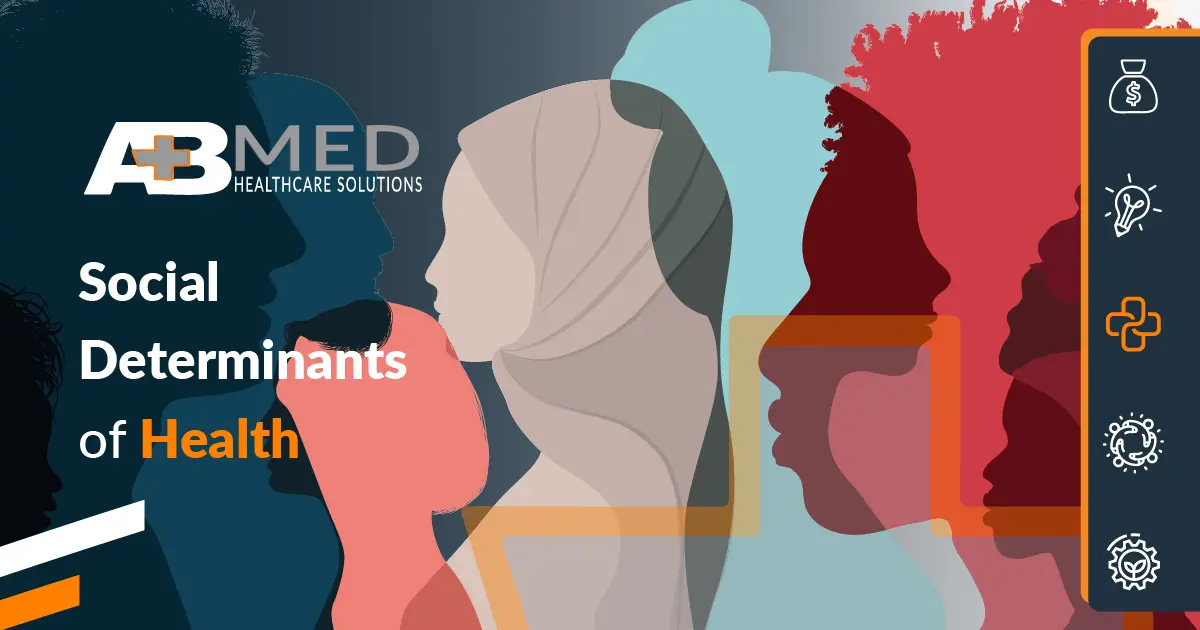The COVID-19 pandemic significantly impacts diagnosing infectious diseases and clinical laboratory operations beyond shortages of reagents and supplies. Increased demand for health care services due to COVID-19 can challenge health facilities and systems, resulting in disruption of TB health care services, delayed diagnosis and treatment, and increased mortality for patients with TB for the first time in a decade. Previous global and regional health emergencies, like Severe Acute Respiratory Syndrome (SARS) and Ebola virus disease, negatively impacted TB care.
Covid-19’s Effect on Tuberculosis Treatment
Efforts to combat TB, the second biggest cause of infectious-disease deaths globally after COVID-19, were dealt a severe blow. An airborne pathogen also causes TB, so TB cases were not prioritized because many resources such as isolation wards and equipment, diagnostic kits, and medical specialists were reassigned to combat the pandemic.
In 2020, there were roughly 1.5 million tuberculosis deaths worldwide, representing the first year-over-year increase in tuberculosis deaths since 2005. Other adverse pandemic-related effects include a 15% reduction in the number of people treated for drug-resistant Tuberculosis, a 21% decrease in people receiving preventive treatment for tuberculosis infection, and a decrease (from $5.8 billion to $5.3 billion) in global tuberculosis spending between 2019 and 2020 as reported by the WHO. This data shows the importance of maintaining our TB testing and prevention programs to ensure resources are allocated to appropriate places to continue TB diagnosis, treatment, and prevention gaps during this pandemic.
As communities locked down, people struggled to seek care out of fear of transmission of Covid-19 in 2020 through the present. Once again, the public may discontinue seeking medical treatment for fear of contracting Covid-19 as variants increase transmission rates in many communities. Suppose patients fear leaving their homes when we see a rise in the emergence of new Sars-Cov-2 variants and cases. In that case, healthcare leaders need to educate community members on the necessity of seeking routine medical care outside of Covid related issues.
Recovery from Increased Transmission of TB
The path to recovery will require both immediate, short-term steps and longer-term actions. First, ending the Covid-19 pandemic is critical to tuberculosis treatments and other essential health services. No community can keep new variants in check without high Covid-19 vaccine coverage rates. Without global vaccination, health care systems in low- and middle-income countries will collapse.
Second, we need to highlight the worsening tuberculosis epidemic. Real-time Covid-19 dashboards are widely available, and governments respond immediately to new data. Tuberculosis programs can learn from the many successes and failures experienced during the Covid-19 pandemic. Investments in digital data systems, connected diagnostics, and digital treatment-support tools such as TB-related patient and provider applications could make tuberculosis data visible and accessible.
Third, improving case detection is an urgent priority. Doing so will necessitate utilizing mobile–phone-based apps and digital tools to improve patient education, triage, referrals, and contact screening. Targeted active-case–finding initiatives, or contact tracing guided by precision public health (predictive analytics and mapping of hotspots), could help identify people with undiagnosed Tuberculosis. This approach will require learning from Covid-19 testing experiences by bringing tuberculosis testing closer to where people live and work and engaging communities, private providers, and community-based health workers.
Progress is Being Made but Challenges Remain
Communities could use these data to advocate for increased funding and prioritize the budget based on real-time data. The WHO published monthly tuberculosis-notification data during the pandemic and offered modeling estimates to guide countries’ recovery efforts. Such rapid reporting should become the new normal, and real-time tuberculosis data should be available everywhere.
Another long-term strategy involves increasing investment in the development of new tuberculosis tools, taking advantage of the scientific advances that rapidly produced Covid-19 vaccines, diagnostics, and drugs. Developing a simple, point-of-care tuberculosis test, an improved tuberculosis vaccine, and ultra-short drug regimens is critical. These efforts will need increased funding in communities. When communities and healthcare organizations discuss pandemic preparedness in the future, governments should include Tuberculosis in the discussion since communities will probably focus on this due to the Covid pandemic.
What’s Next?
Community governments and healthcare organizations should reassess their commitment to ending the tuberculosis epidemic, working harder to mitigate the effects of the pandemic on TB. Addressing the social, environmental, and economic factors that lead to tuberculosis infection and mortality, we can create services based on the data we collect in our communities regarding TB transmission rates.
In the longer term, only by establishing community collaborations involving personal, societal, and health system interventions will we end the global tuberculosis epidemic. One positive that came out of this pandemic was the advances in digital healthcare applications that can unprecedentedly reach communities and communicate data. These advances can be utilized to mitigate the pandemic’s adverse effects on the transmission of TB. Let’s Connect.
REFERENCES & RESOURCES
- www.who.int. (2021). Tuberculosis deaths rise for the first time in more than a decade due to the COVID-19 pandemic. [online] Available at: https://www.who.int/news/item/14-10-2021-tuberculosis-deaths-rise-for-the-first-time-in-more-than-a-decade-due-to-the-covid-19-pandemic.
- www.who.int. (n.d.). 1. COVID-19 and TB. [online] Available at: https://www.who.int/publications/digital/global-tuberculosis-report-2021/covid-19 [Accessed 18 Jan. 2022].
By: Erik McLaughlin MD, MPH and Aikaterini Papadopoulou, B.Arch






